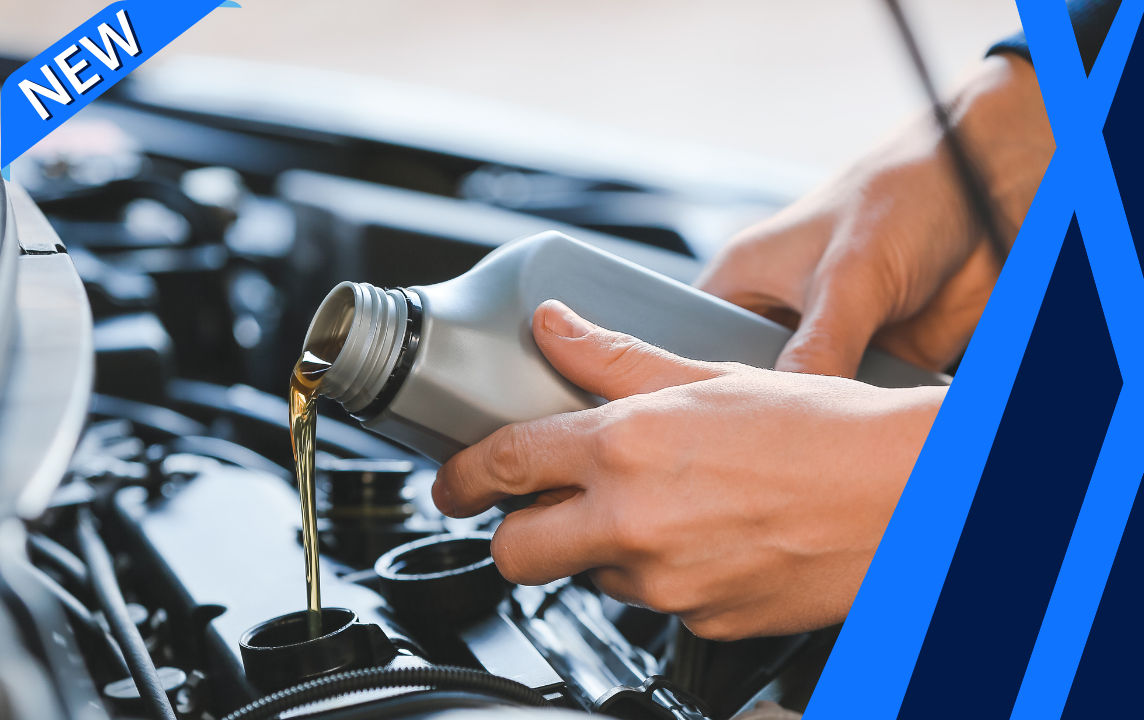Description
What is the Window Motor/Regulator Assembly all about?
The window regulator typically has over a dozen components that help it move up or down in a very specific fashion throughout the entire raising or lowering of your windows. These components all work together in two unique assemblies: the scissor style window regulator and the cable operated window regulator.
There are scissor-style window regulators that operate like a giant pair of scissors inside your door. They’re usually almost flat when your window is all the way down and in a near perfect X when the window is all the way up. You can look at a scissor style regulator as having several thick pieces of steel that keep the window in place. It’s sturdy, but requires a strong motor that often wears out before everything else.
Cable-operated window regulators use a near vertical cable to help the window get into the right position. It’s a more compact design that puts less stress on the motor. But it is also more susceptible towards breaking due to the increased stress that the pulley and cable must harness to raise and lower your window. In most cases, a cable operated window regulator is composed of one thick piece of metal with a pulley and wire attached to it — along with a more compact motor.
The electric motor is designed to withstand a certain number of raises and lowerings of your window. While the regulator helps hold the window in place, the motor provides the force needed to make the window stay exactly where you like.
Keep in mind:
- A window regulator assembly is composed of two components: a motor and a regulator. These components when replaced typically require you to deal with the removal of your door panel, clips, and in certain cases, even the removal of rivets and the specific removal of multiple related components.
- A window regulator assembly is usually a complicated piece of equipment that can require specialized tools and a lot of patience — work best left to a professional mechanic.
How it’s done:
- The inside door panel is removed
- The electrical connection is disconnected and motor removed
- The window regulator is replaced
- The window motor is reinstalled
- The inside door panel is reinstalled and the window is tested
Our recommendation:
If your window is gradually beginning to slow down it’s often better to take care of it while the window can be shut. Once a window regulator stops working completely, it rarely starts working again unless you have other issues that can be identified by a mechanical inspection.
You should have it inspected by a professional mechanic who can test the multiple components that provide the power needed to make the window and regulator assembly work properly.
What common symptoms indicate you may need to replace the Window Motor/Regulator Assembly?
- If your window is going down ever more slowly, stopping, or needs several presses of the power window button to close, chances are your motor is wearing out.
- The window regulator assembly can also get off track or completely detach from the window. If you find that the window doesn’t close evenly or hear banging noises inside your door, that assembly may need a closer look.
How important is this service?
A properly operating window motor and regulator allow you, your passengers, and your car’s interior to remain dry and safe. Sometimes a window regulator will stop working entirely without the window being fully closed. So of course, getting this service done sooner is better than waiting for an outright failure to occur.
The interiors and power features of your vehicle can also get damaged due to one heavy rainfall that can happen when you least suspect it. So if you’re having issues now, keep you and your car dry by having the issues looked at.




